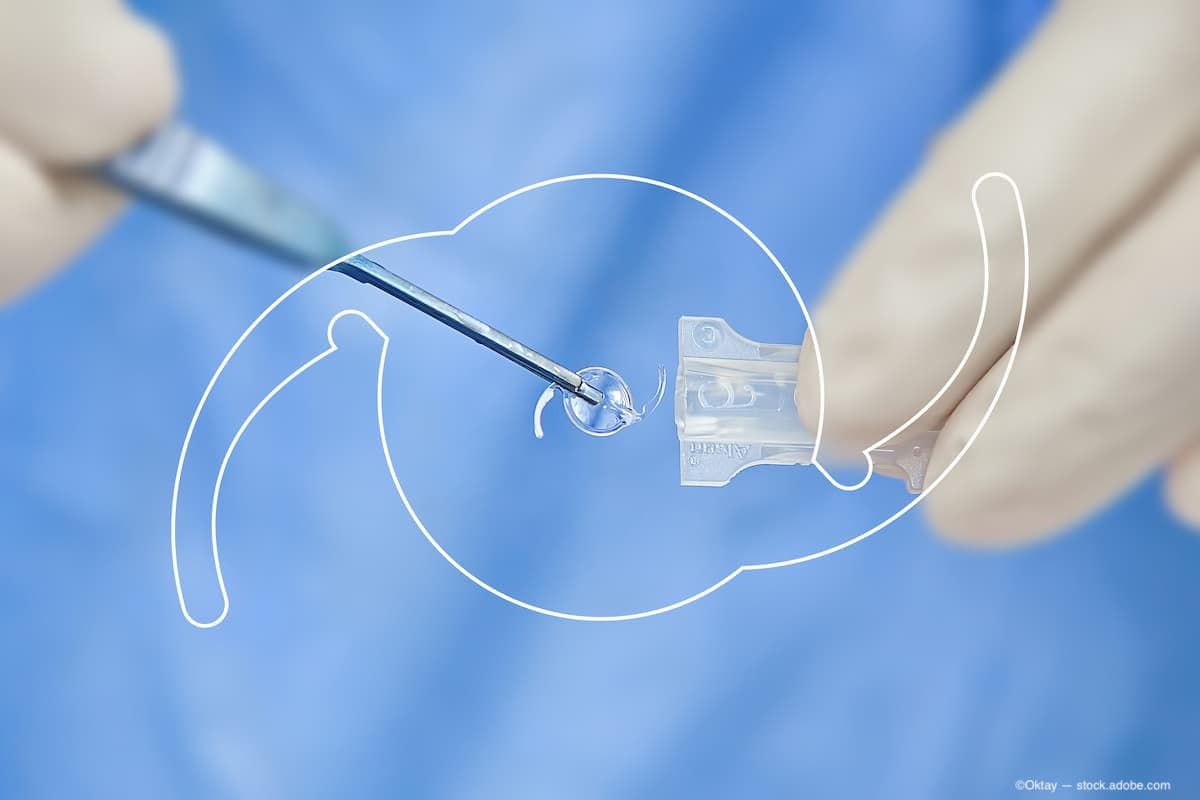Article
Warm viscoelastic hastens IOL unfolding
A warm viscoelastic technique aids in the intraoperative delivery and unfolding of a hydrophobic acrylic IOL during cataract surgery.
Take-home message: A warm viscoelastic technique aids in the intraoperative delivery and unfolding of a hydrophobic acrylic IOL during cataract surgery.
By Cheryl Guttman Krader; Reviewed by Mitchell A. Jackson, MD
Lake Villa, IL-Use of warm viscoelastic is a safe, effective technique for facilitating implantation of a hydrophobic acrylic IOL (enVista MX60, Bausch + Lomb), said Mitchell A. Jackson, MD.
Hot right now: Top med school regrets
The use of warm viscoelastic enabled IOL delivery and hastened its unfolding. Inadvertent flipping of the IOL during rotation was reduced. The warm viscoelastic was very easy to remove at the end of the procedure, said Dr. Jackson, founder and chief executive officer, Jacksoneye, Lake Villa, IL.
Surgical experience
Dr. Jackson conducted a retrospective review of his experience with this approach in a series of 175 eyes of 99 patients who underwent phacoemulsification and implantation of the single-piece, prehydrated hydrophobic acrylic lens in a femtosecond laser-assisted cataract surgery procedure.
Mean surgical time (including the femtosecond laser portion of the procedure) was 12 minutes, and his safety review identified no intraoperative complications, problems with IOP spikes after surgery, or evidence of increased endothelial damage.
Based on his positive experience, Dr. Jackson said he is now using warm viscoelastic when implanting any hydrophobic acrylic IOL.
This particular IOL “has been associated with excellent results, and its novel material has advantages for increasing resistance to damage from surgical instruments and maintaining long-term clarity,” he said.
Over prescribing steroids to treat allergic conjunctivitis leads to SIG
However, the unique hydrophobic acrylic of the lens is relatively stiff, which causes it to open very slowly and makes it susceptible to being inadvertently flipped if rotation is attempted before unfolding is complete, he explained.
“Warming increases flexibility of hydrophobic acrylics, and I found that using warm viscoelastic in the IOL cartridge and to fill the capsular bag greatly facilitates intraocular delivery of the [lens] and hastens its unfolding,” Dr. Jackson said. “With the switch to warm viscoelastic, [this IOL] has gone from being the slowest to the fast unfolding implant that I use.”
Next: How-to
Other surgeons have reported on the benefits of a warming technique to accelerate unfolding of this IOL or other hydrophobic acrylic implants, he noted.
Applying heat
Different approaches have been described to raise the temperature of the material.
Dr. Jackson’s technique involves placing the viscoelastic syringes in their sterile packaging into an ultrasonic gel warmer. The device he uses has three temperature settings, and he turns it to the highest level, which can raise the temperature up to 104° F.
In order to prevent overheating of the viscoelastic, however, he keeps the lid of the device open. The viscoelastic is kept in the warmer until it is needed for the IOL implantation.
By the time the viscoelastic is placed into the eye, the temperature typically is just above normal body temperature range, Dr. Jackson said.
In case you missed these:
Best ophthalmic hospitals in the U.S.
Worst places to practice in 2015
Top 10 ophthalmic advancements over past 20 years
Mitchell A. Jackson, MD
This article was adapted from Dr. Jackson’s presentation during the 2015 meeting of the American Society of Cataract and Refractive Surgery. Dr. Jackson is a consultant to Bausch + Lomb.





